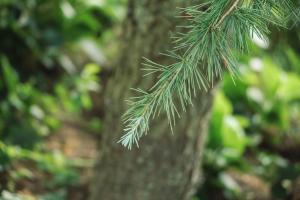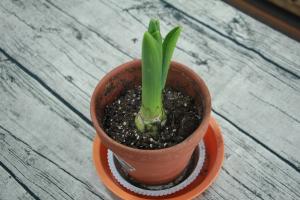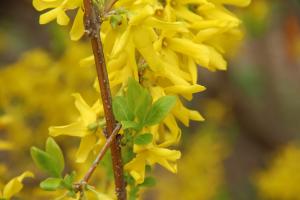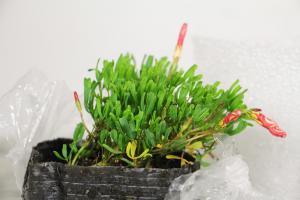Can You Plant Small Bushes and Trees Over Gas Lines?
Gas lines play a vital role in providing homes and businesses with the natural gas needed to power different appliances. Some homeowners prefer to have a beautiful landscape in their yards with small bushes and trees. However, planting those bushes and trees over gas lines can be a complicated issue. Here's what you need to know before planting vegetation over gas lines.
What Are Gas Lines?
Gas lines are pipelines that transport natural gas from the source to various locations, including households, businesses, and power plants. These pipelines may be underground or above the ground, depending on the location and terrain. Gas companies follow strict safety measures when laying gas lines to ensure that they're secure and reliable.
Can You Plant Small Bushes and Trees Over Gas Lines?
The simple answer to this question is NO. Gas lines require access for maintenance and repair, and planting vegetation over them could make access challenging or impossible. The roots of trees and bushes can grow over the pipeline, causing damage, which can lead to leaks and increase the risk of explosions. Additionally, typical vegetation can create barriers that would prevent gas engineers from detecting gas leaks through odor or other means.
What Are the Risks of Planting Over Gas Lines?
Planting over gas lines can pose significant risks to homeowners and the public, making it an unsafe and dangerous practice. The roots of the vegetation can damage the pipelines, causing leaks that are harmful to the environment and humans. Gas leaks can cause explosions and fires that can damage homes and properties or cause injuries and deaths to people nearby.
What To Do When Planting Near Gas Lines?
If you intend to plant vegetation in your yard, make sure you don't plant over gas lines. Always confirm the location of the gas line within your property boundaries before starting any planting work. Contact your gas company or seek information from your local government authorities to find out the location of gas lines. Moreover, when planting near gas lines, follow the recommended guidelines to ensure that the vegetation does not pose a risk to your family and your neighbors.
What Are the Recommended Guidelines When Planting Near Gas Lines?
There are several recommended guidelines homeowners should follow when planting near gas lines. These include:
1. Locate and mark the gas line accurately
2. Keep a distance of 10-12 feet on either side of the gas line when planting shrubs and use other suitable planting options, such as flowers or low-growing ground covers.
3. Avoid planting large trees or bushes that have deep-rooting systems.
4. Use non-invasive, shallow-rooted vegetation.
5. When excavating, avoid damage to the gas line by hand digging, available hand trenching equipment, or hydro-excavation.
6. Always keep the area around the gas line clear of debris, dead leaves, and other materials that can prevent gas engineers from accessing the pipeline in case of a gas leak.
Conclusion
Planting small bushes and trees over gas lines can be dangerous, and it's not recommended. Always confirm the location of gas lines in your property boundaries before planting vegetation or engaging in any excavation work. By following the recommended guidelines, you can ensure that you and your family stay safe while still maintaining a beautiful yard. Additionally, it would be best to consult with your gas company or local authorities when planting near gas lines to avoid risking serious accidents or damaging the environment.

 how many times do yo...
how many times do yo... how many planted tre...
how many planted tre... how many pine trees ...
how many pine trees ... how many pecan trees...
how many pecan trees... how many plants comp...
how many plants comp... how many plants can ...
how many plants can ... how many plants and ...
how many plants and ... how many pepper plan...
how many pepper plan...
































